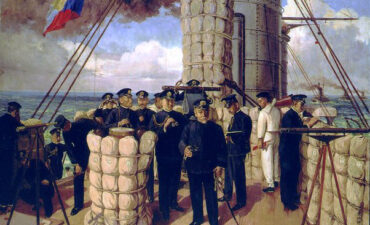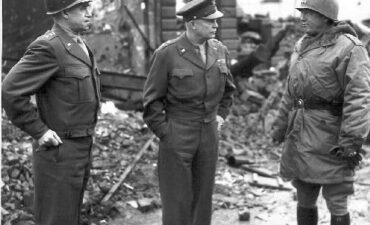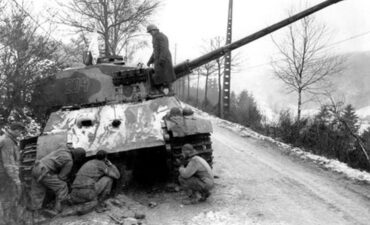What were the primary sources of petroleum for Nazi Germany’s war efforts? Nazi Germany faced significant challenges in securing adequate petroleum supplies for its war efforts during World War II. The primary sources of petroleum for Nazi Germany were:
Domestic Production:
Synthetic Fuel: Germany invested heavily in synthetic fuel production through the hydrogenation (Bergius process) and Fischer-Tropsch processes. These processes converted coal into liquid fuels. The IG Farben company was instrumental in developing and operating synthetic fuel plants. Synthetic fuel production was a critical component of Germany’s strategy to mitigate its lack of natural oil reserves.
Domestic Oil Fields: Germany had limited domestic oil fields, primarily in the regions of Hanover and Alsace. However, these fields produced only a small fraction of the country’s total petroleum needs.
Occupied Territories:
Romania: The Ploiești oil fields in Romania were among the most significant sources of natural petroleum for Nazi Germany. After Romania joined the Axis powers in 1940, Germany secured a steady supply of oil from these fields. The Ploiești fields were vital for the Luftwaffe and mechanized divisions.
Hungary: Hungary also supplied oil to Germany, although in smaller quantities compared to Romania.
Soviet Union: Following the invasion of the Soviet Union in 1941 (Operation Barbarossa), Germany aimed to capture Soviet oil fields, particularly those in the Caucasus region. However, while some oil was captured, the German forces never fully secured these resources, and their efforts were hampered by the Soviet scorched earth policy and the difficulties in maintaining supply lines.
Imports and Trade:
Neutral Countries: Before the full-scale war began, Germany imported oil from various neutral countries, including the United States and the Middle East. However, once the war expanded and Allied blockades became effective, these sources were largely cut off.
Black Market and Blockade Running: Despite the Allies’ naval blockades, Germany attempted to procure oil through various clandestine means, including running blockades and using neutral countries as intermediaries.
The combination of these sources allowed Germany to sustain its war efforts for a significant period, but the reliance on synthetic fuels and the eventual Allied bombing of critical infrastructure, such as the Ploiești oil fields and synthetic fuel plants, severely constrained Germany’s ability to maintain its mechanized and air operations as the war progressed








